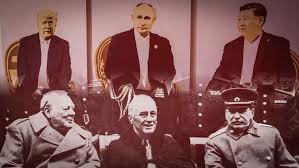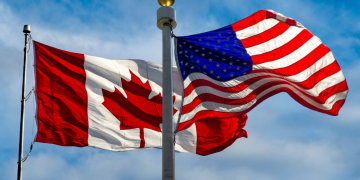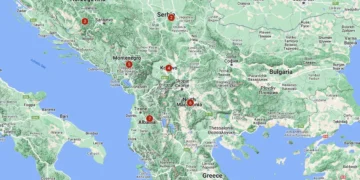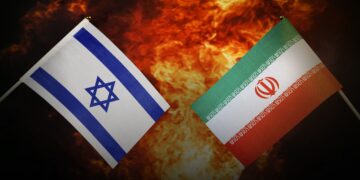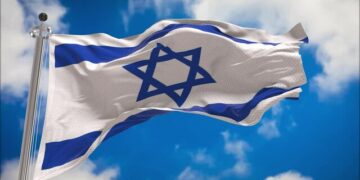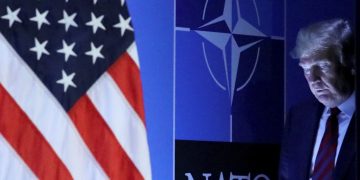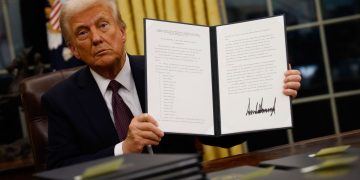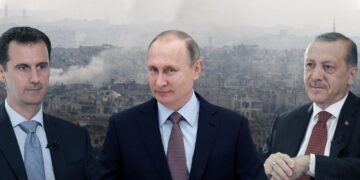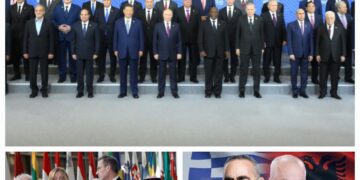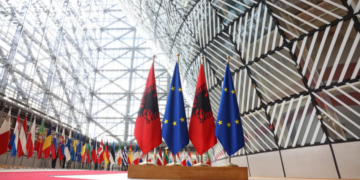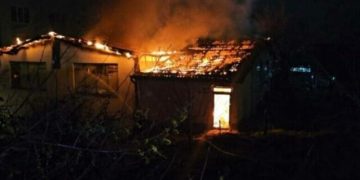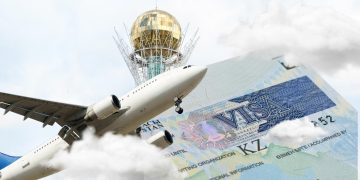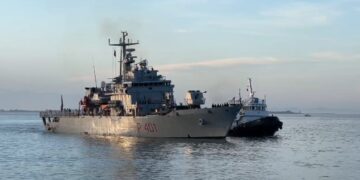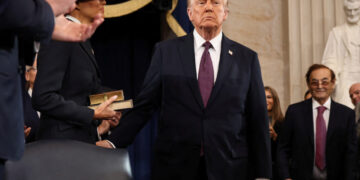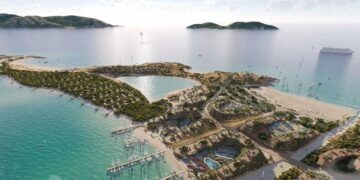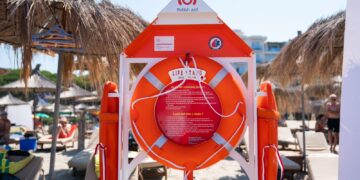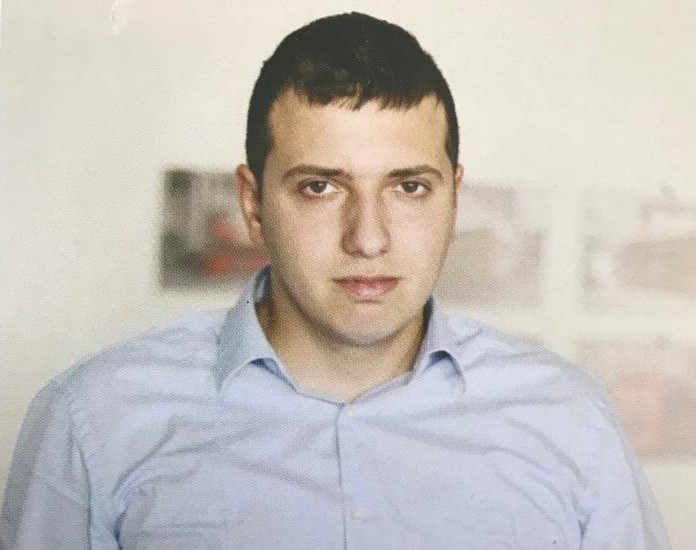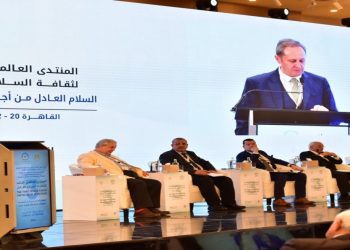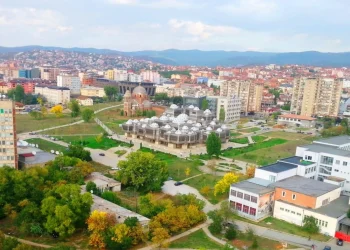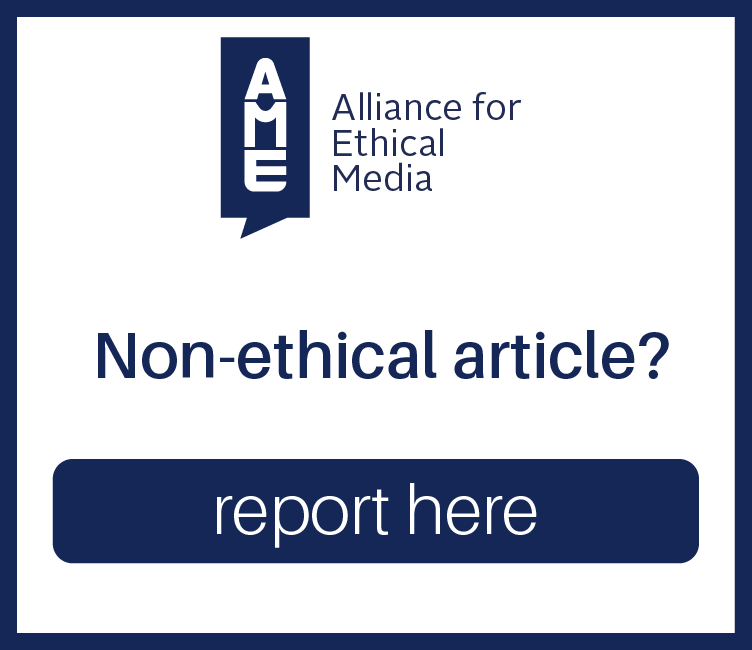By Dejan Azeski*
Saudi Arabia enjoys absolute domination in the air and technical superiority with a part of its tank units, while it partly lags behind with its marine forces. Nevertheless, according to the experts on demographic and religious situation in the region that is far from enough to defeat Iran.
What is currently happening in the backstage of diplomatic negotiations in the Middle East is intensive armament of Iranian and Saudi armies.
The United States of America has warned several times that Iran represents an increasing threat to world peace, although that does not prevent it to sell state-of-the-art weapons at huge prices to Saudi Arabia.
There are several scenarios as to how the US-Iran conflict may unwind. According to one of them, which proposes a military conflict, the Americans would avoid direct land invasion and rely on their allies in the region, notably Iraq and Saudi Arabia which is gaining increasing military-technical strength.
Thus, Saudi Arabia would take on Iraq’s role from the 1979-1989 period and lead a land battle with Tehran on behalf of American forces. Similarly, the Afghan opposition forces managed to defeat the Taliban (at least briefly) with the US air support.
The aim of this paper is to analyse in detail the military capabilities of the two biggest and strongest Middle East states and to understand the real balance of power in the region.
Saudi Arabia has a larger number and more modern conventional arms
For the past two years Russia and Saudi Arabia have been in a dead heat competing for the third place on the world list of countries with the largest military budget, which shows that the Saudis are very serious when it comes to armament of their country.
According to analysts Saudi Arabia is one of the best equipped countries in the world in terms of military-technical capabilities. This is not surprising, bearing in mind that its 2018 military budget amounted to USD 58 billion.
Another stir was caused by the information on the purchase of civilian nuclear technology from the USA, which the experts fear may be used for the production of nuclear weapons. This is even more symptomatic bearing in mind that a few years ago Saudi Arabia made an unsuccessful attempt to get hold of nuclear technology through Pakistan.
Regardless of whether the authorities in Riyadh are heading for nuclear armament or not, Saudi Arabia is strong enough even with a part of its conventional arms. Its mostly professional army comprises over 300,000 soldiers in active service, while the aviation alone has another 80,000 soldiers who handle and maintain 800 modern generation airplanes. On top of that there are hundreds of thousands of sailors, marines and naval officers with state-of-the-art missile frigates and corvettes.
Nevertheless, it is estimated the way to control the Middle East is by tanks – and Saudi Arabia is undoubtedly the strongest when it comes to tank units.
It has as many as 422 M1 Abrams third-generation tanks of M1A2S version. This modernised version of Abrams M1 represents one of the best main battle tank in the world. During the 1990 and 2004 offensives (the two dessert storms) they wreaked havoc in Iraqi dessert and proved extreme superiority over its main competitor, the T-72 Soviet-made tanks. According to some estimates the now legendary tank battles in Iraqi dessert ended with the unprecedented loss ratio in military history of 500:1. According to official information new 153 M1 Abrams were ordered from the US already in 2016 and are to be delivered soon.
To amplify its main strike force of M1 Abrams, Saudi Arabia has 1300 (390 active) American second generation tanks M60 Patton (produced in 1960s to 1970s) that may still prove useful in confrontation with the obsolete tank divisions from other countries in the region.
There are also 250 active French model AMIKS-30, which Saudi Arabia with its enormous military budget keeps in excellent condition.
Besides the 1,000 active tanks the country boasts an incredible number of 12,000 heavy and light armoured combat vehicles, which are often indispensable and crucial for fighting in dessert conditions.
The country also owns 2,000 pieces of self-propelled large calibre artillery with precision only in open space.
Nevertheless, what makes Saudi Arabia the strongest among the countries in the region are about 100 AH-64D Apache helicopters deployed into ten squadrons. This is the best attack helicopter in the world and a true “tank killer” that can be as successful against land targets as against water and air targets. The AH-64D model still has no proper competitor in the world. The Russian Kamov-Aligator and Mi-24 (the modern variant of Mi35) are by far inferior to it. To further ensure its supremacy in this field, Saudi Arabia ordered another 29 latest models during Donald Trump’s last visit to Riyadh.
However, it is not only helicopters that protect the Saudi sky. The country has 60 pieces of F-15C fighter, which is one of the best in the aviation history with no lost air battles so far. It also has 87 pieces of F-15D, an excellent fighter-bomber. Then there are 53 and 81 pieces of European-production multipurpose aircraft Taifun and Tornado respectively, which are absolutely dominant in the Middle East skies (except for Israel).
In terms of aviation the authorities in Riyadh have publicly expressed an interest in purchasing several squadrons of the best combat aircraft RF-35 Eagle, but at the moment Washington still holds its position that only Israel can have this privilege in the Middle East.
This has caused the first fierce confrontation between the US and Saudi Arabia, as the latter made it clear that it intends to purchase the fifth-generation military aircraft and is even ready to turn to China if necessary (one of the three countries in the world with such technology).
Saudi navy comprises seven frigates, three of which are of the latest generation, although in terms of their displacement and capabilities they remind more of destroyers than frigates as they are officially classified.
Besides those seven large vessels, the sea is also protected by four obsolete corvettes and several patrol boats, which make the navy the weakest link in the country’s total defence system.
Iran has an 80% smaller military budget than Saudi Arabia
Iranian army comprises about 420,000 soldiers, a figure comparable to that of Saudi Arabia. The difference is that the largest part of Iranian army is concentrated on land, while Saudi Arabia has a more numerous aviation and navy.
Still, the biggest difference in the two countries’ defence systems lies in their budgets. Thus, in 2018 Saudi Arabia spent USD 58 billion on arms while Iran spent only USD 14 billion, which shows that the former has a more than 80% bigger military budget than the latter, with almost identical prices on the global market for weapons.
Therefore it may be expected that Iranian soldiers are not equipped and trained at the same level as Saudi soldiers.
Iranian aviation is totally inferior to Saudi aviation. While formally the country owns as much as 348 fighters and fighter-bombers, they are in reality all seriously obsolete.
Among them, 47 F-4 Fantom planes date back to the pre-Vietnam war period and haven’t been used in the US for more than 30 years. The situation is similar with 25 pieces of a little less old F-5 (although Iran tried to modernise them several times) and 9 pieces of the French-made Mirage F-1 that Iran seized back in 1989. Then there are also 17 pieces of the F-7 Chinese copy of Mig-21, for which there is no exact information whether they are still operable.
What Iran could use to withstand (at least to some extent) Saudi Arabia are its 24 pieces of F-14 Tomcat planes, which the US navy stopped using already 20 years ago.
The best aircraft owned by Iran are 20 pieces of Mig-29, for which there is no information on whether they have been upgraded. Namely, the basic version of this aircraft is equipped with an only 50 km range radar and close proximity missiles. Since the years-long embargo caused the lack of long-range missiles and radars, Mig-29s can be regarded as totally inferior to Saudi aviation. Their only uncontested feature is the manoeuvring capacity, although this type of air fighting is practically non-existent in modern aviation.
The purchase of a large number of modern Russian fighter-bombers Sukhoi Su-30 as well as their French and Chinese counterparts has been announced several times, but nothing has happened till now.
Unlike its aviation, Iran has made significant progress in the navy.
It owns a respectable submarine fleet composed of mostly modern vessels produced later than 2005. Three older ships of the “Kilo” type were built in 1990s, but they are still competitive with the technology owned by other countries in the region.
In 2018 Iran launched a super modern missile frigate of the Sahand class with 2,000 tons of total displacement and a respectable long-range missile technology. Iran’s navy owns another modern frigate of the Moudz class with a smaller displacement of 1,500 tons, which has almost the same weapons system as Sahand. The problem is that one such vessel sank in 2013 when it hit an underwater reef. Despite various speculations this does not reduce the frigate’s capabilities, since this kind of incident could happen to any modern vessel in the world.
As backup the navy uses also three old frigates of the Alvand class built during the Iranian Islamic revolution (1979), but their missile technology would still be dangerously powerful in medium range combat in the Gulf waters.
Iranian navy is currently actively working on the Persian Gulf destroyer that it has been building since 2012. Once completed, this 7500 ton ship with heavy weapons will be the most dominant vessel in the whole region.
Therefore, it is not a coincidence that Iran increasingly performs military exercises to demonstrate the power of its navy.
However, as stated above, the wars in the Middle East are always won by those who own better tanks – and Iran’s tanks are not very good at the moment.
In 2016 Iran started testing and building 800 of its newest Karrar tanks that visually and in terms of performance resemble the Russian T-90. Still, the development of state-of-the-art military technology usually takes several years.
At the moment the backbone of land forces comprises about 500 T-72C tanks produced during the 1993-1999 period. Although they have been modernised, they do not reach the technology level of M1 Abrams owned by Saudi Arabia.
Nevertheless, there is one area in which Iran is superior to Saudi Arabia – the knowledge of nuclear technology. Bearing in mind the withdrawal from the Nuclear Deal, it is very likely that Iran is already intensively working on the development of this type of weapons. No one can confirm their phase of development, but according to Tehran’s military position it is most probably in an advanced phase.
Iran still has certain unsurpassable advantages
So far this analysis has shown that Saudi Arabia enjoys absolute superiority in the air and partial superiority on land while it partly lags behind with its marine forces. Nevertheless, experts believe that it would be almost impossible for Saudi Arabia to defeat Iran in a war.
Firstly, they think the war will not even break out since the religious leaders of the Mecca holy land – although being against Shia Iran – are much more against shedding Muslim blood, especially for American interests.
Secondly, the Eastern Province of Saudi Arabia that stretches along the Persian Gulf coast and its capital Dammam have a predominant Shia population who would undoubtedly step on Iran’s side in case of a war.
Another disadvantage for Saudi Arabia is the fact that its back is not protected from the Yemen side where the Houthi movement took over the government in the capital Sana’a and have led an open war against Saudis for five years. The Saudi Arabian-led coalition has not been very successful in this war despite its military and technical superiority.
The situation in Iraq which is led by the Shia government is also not good for Saudi Arabia. Iran has a significant influence on Iraqi government and finances 10,000 members of Shia militia called the Popular Mobilization Forces.
On the other hand Iran can openly count on the supply of weapons, technology and materials directly from Russia across the Caspian Sea. That is why the two countries have been intensively strengthening their fleets for the last five years.
The Iran-Syria relations can be said to be at the highest level in modern history. Iran also enjoys very good support among Iraqi anti-American opposition.
Based on the situation on the ground it can be concluded that should the United States of America enter into war with Iran, it will first have to disembark a million soldiers in the Gulf, bearing in mind that the Afghanistan scenario from 2001 when the US aircraft carriers did all the job (while others fought for them on land) is absolutely inapplicable against such a homogenous country as Iran with a strong statehood tradition and a widespread network of allies.
Ljubljana/Skopje, 31 May 2019
*The International Institute for Middle-East and Balkan Studies (IFIMES) in Ljubljana, Slovenia, regularly analyses events in the Middle East and the Balkans. Macedonian historian, journalist and publicist Dejan Azeski, member of the IFIMES International Institute, has analysed the military-technical capabilities of Iran and Saudi Arabia in view of the tense situation in the Persian Gulf.



